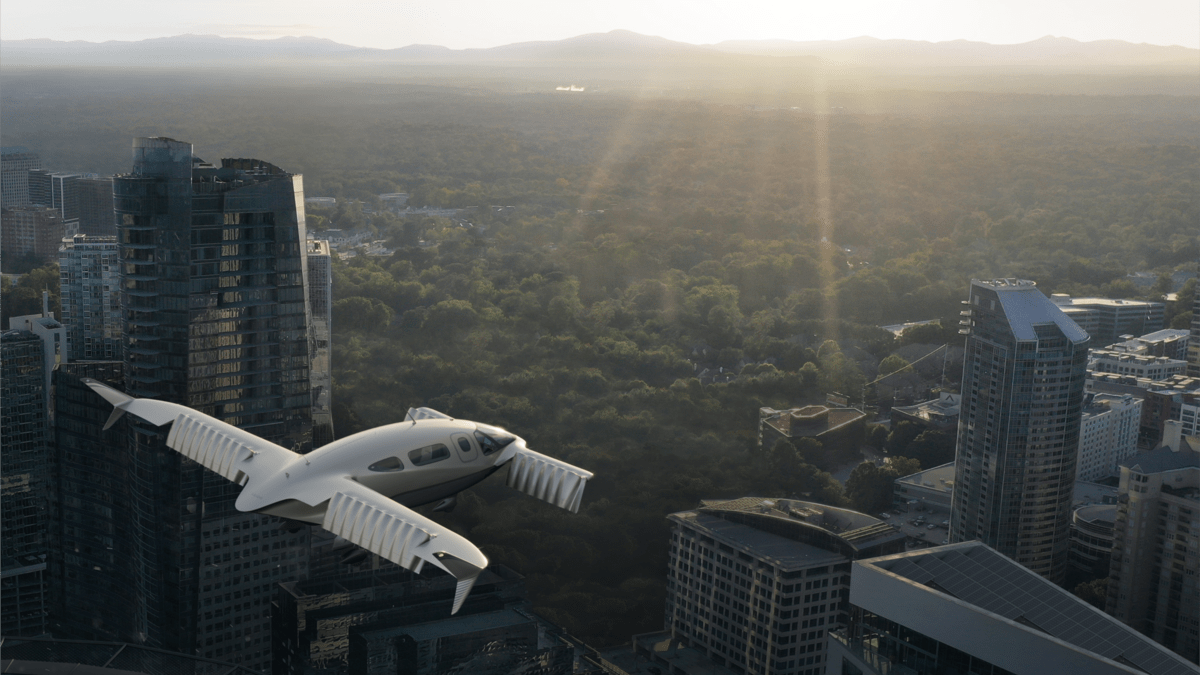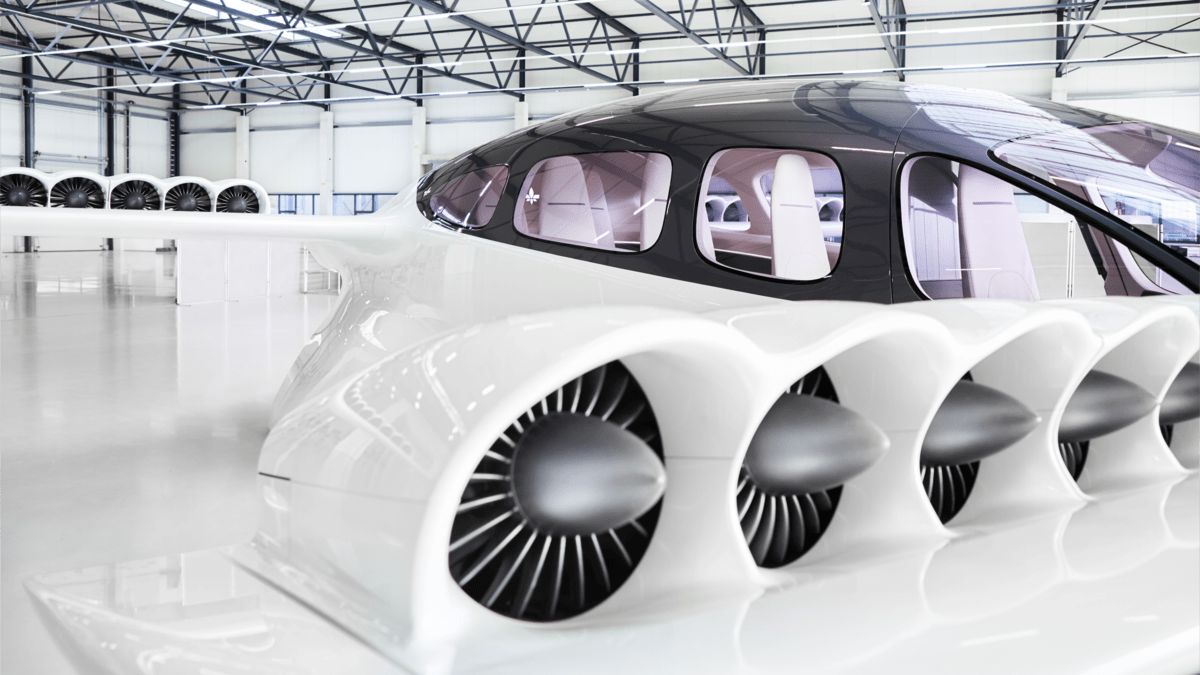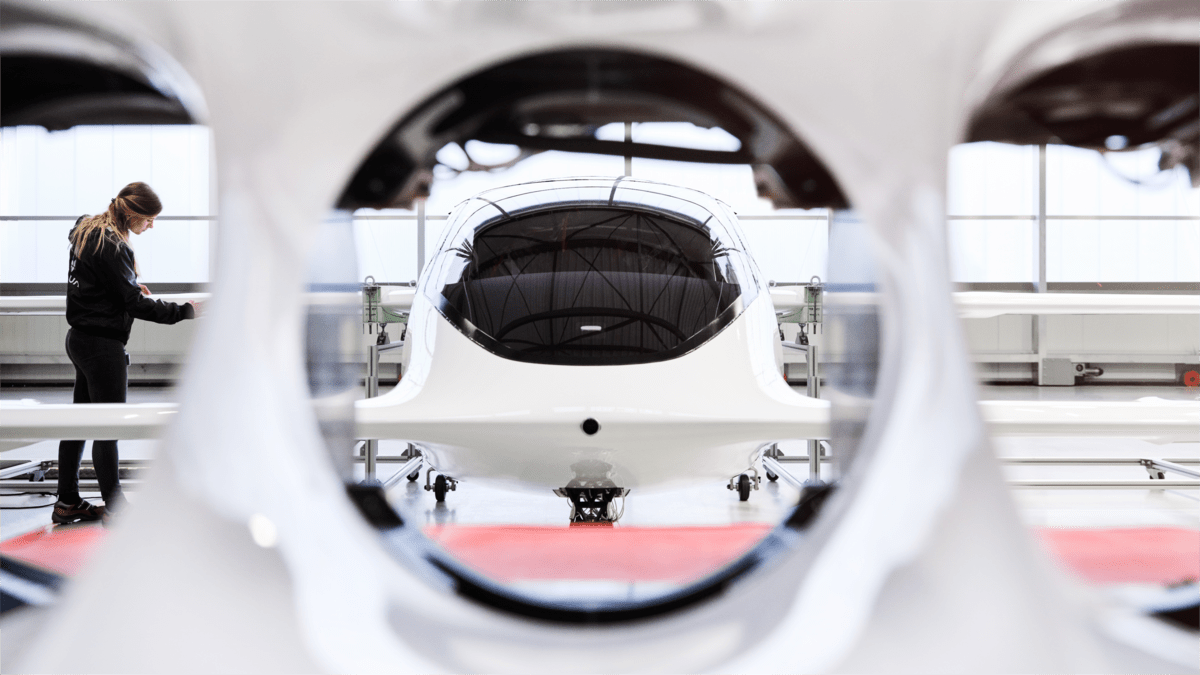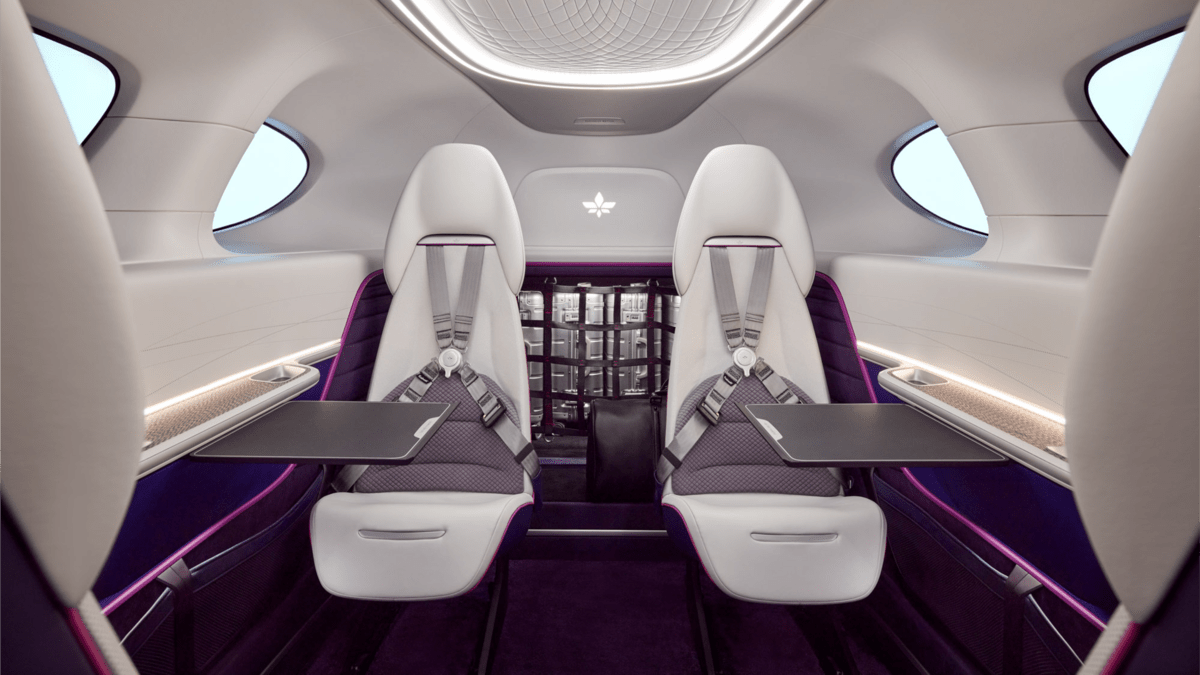 In the world of aviation, only military pilots flying jets like Lockheed’s F35 or its predecessor, British Aerospace’s Sea Harrier, typically experience vertical take-off and landing. The gravity-defying maneuver inspires a sense of wonder. Since vertical flight is usually the domain of helicopters, how can a fixed-wing jet go vertical? The answer is thrust vectoring, or the aircraft’s ability to control the thrust of its jet engines.
In the world of aviation, only military pilots flying jets like Lockheed’s F35 or its predecessor, British Aerospace’s Sea Harrier, typically experience vertical take-off and landing. The gravity-defying maneuver inspires a sense of wonder. Since vertical flight is usually the domain of helicopters, how can a fixed-wing jet go vertical? The answer is thrust vectoring, or the aircraft’s ability to control the thrust of its jet engines.
This is the technology underpinning the Lilium Jet, an electric jet prototype being built by the German aerospace company Lilium. By directing the thrust of its 30-battery electric motors, this zero-emission, electric vertical take-off and landing aircraft (eVTOL) can land on a helipad after soaring through the skies at 170 miles per hour. Lilium’s Head of Partnerships and Public Affairs, Matt Broffman, told Jetset that the Lilium Jet is for VIPs who want “to reduce their environmental impact” without sacrificing the experience of luxury private air travel. In other words, if you are working in Manhattan, New York and want to catch a concert in Philadelphia, a Lilium Jet will fly you and your party over New Jersey to a nearby vertiport in Philly, where it will tap into a liquid cooled charger.

Lilium is actively developing different versions of its Lilium Jet prototype, including a seven-seater air taxi variation and their Pioneer Edition aircraft: a five-seater version built for private ownership. The $10 million Pioneer Edition will have a range of around 90 miles and recharge in about 45 minutes, according to Broffman. The electric jet also has ducted engines that result in a quiet aircraft, making it ideal for navigating densely-populated urban spaces. According to Broffman, the Pioneer Edition is slated to hit the skies in 2026 as the company actively seeks certification with both the Federal Aviation Administration (FAA) and the European Aviation Safety Administration (EASA).
Earlier this year, a full-scale mockup of the Pioneer Edition aircraft was unveiled at the European Business Aviation Convention & Exhibition (EBACE) in Geneva, Switzerland. Set inside a white fuselage, the Pioneer Edition’s cabin’s interior is luminous with a minimalistic, sci-fi design. Separated by a door from the four-person configurable cabin, the cockpit resembles the flight simulators used to train military pilots. In total, the aircraft will be capable of transporting four passengers, one pilot and 200 lbs. worth of luggage, Broffman said. The mockup cabin will be “virtually identical” to those that will be included in the fifty Pioneer Edition jets set to be delivered to private owners upon the aircraft’s release. So far, the Lilium Jet prototype has successfully completed remote test flights and has its first piloted trial scheduled for the end of 2024.

In the meantime, Lilium is eyeing the Northeast, Southern California and Florida as its areas of operation in the United States. The company announced it will operate its network hub out of a vertiport attached to the Orlando International Airport in Central Florida, while also striking a deal with UrbanLink for twenty Lilium jets to operate out of South Florida. In Europe, Lilium will fly in both Britain and continental Europe—with the company building partnerships with charter companies operating out of locations such as the greater London area and France. Lilium’s partnership with UrbanV will allow the German company to ferry travelers around the French Riviera from a vertiport network centered around the Nice Côte d’Azur airport in Nice, France.
Battery Upgrades
The impending release of this electric jet positions Lilium’s eVTOL to compete with gas guzzling helicopter charters and luxury car services that have been the primary means of transporting VIPs between cities. Compared to other business aviation options like helicopter chartering, the Lilium’s 90-mile range upon release presents some challenges. Luxury helicopters running on aviation fuel, like the Airbus ACH130, cost a little more than three million dollars and have an operating range of around 400 miles. Lilium expects its batteries to become more powerful with each upgraded version.
Lilium is aiming for a yearly increase of 4.5 percent battery energy density, Broffman noted. That means the aircraft could potentially have an operating range of 170 miles in 2030 and 250 miles in 2035. He also confirmed to Jetset that owners will also be able to upgrade their lithium ion battery packs as new iterations are developed and manufactured. These new power plants will result in increasing the range and speed of the Lilium jet. Not only will passengers be able to travel farther on one charge, Broffman explained, but the speed of the jet will also receive a nice boost during its horizontal cruising flight.

The release of the mockup at EBACE 2024 represents a milestone for the company, Broffman told Jetset. It brings the Lilium Jet prototype closer to a realized aircraft, ready for its owners. This sentiment was echoed by Sebastien Borel, the company’s chief commercial officer, who was present as visitors and the media walked through the mockup of the Pioneer Edition model. In an interview with EBACE TV, Borel said targeting premium customers will get the Lilium Jet to the mass market. “We want to get sustainable aviation going,” Borel said. “People now believe we can actually replace a helicopter with our aircraft.”
For more articles like this one, click here!

